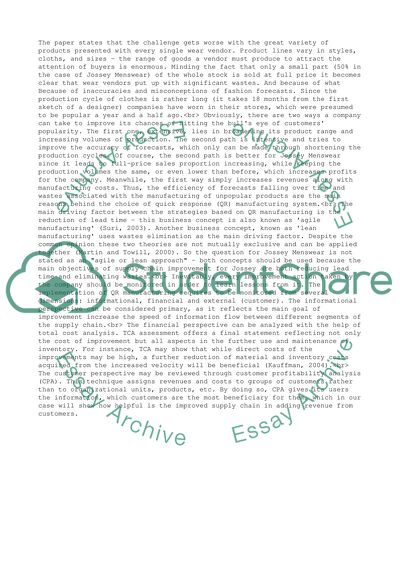Cite this document
(International Labor Organisation Essay Example | Topics and Well Written Essays - 2250 words, n.d.)
International Labor Organisation Essay Example | Topics and Well Written Essays - 2250 words. Retrieved from https://studentshare.org/management/1529854-operations-managemen
International Labor Organisation Essay Example | Topics and Well Written Essays - 2250 words. Retrieved from https://studentshare.org/management/1529854-operations-managemen
(International Labor Organisation Essay Example | Topics and Well Written Essays - 2250 Words)
International Labor Organisation Essay Example | Topics and Well Written Essays - 2250 Words. https://studentshare.org/management/1529854-operations-managemen.
International Labor Organisation Essay Example | Topics and Well Written Essays - 2250 Words. https://studentshare.org/management/1529854-operations-managemen.
“International Labor Organisation Essay Example | Topics and Well Written Essays - 2250 Words”, n.d. https://studentshare.org/management/1529854-operations-managemen.


